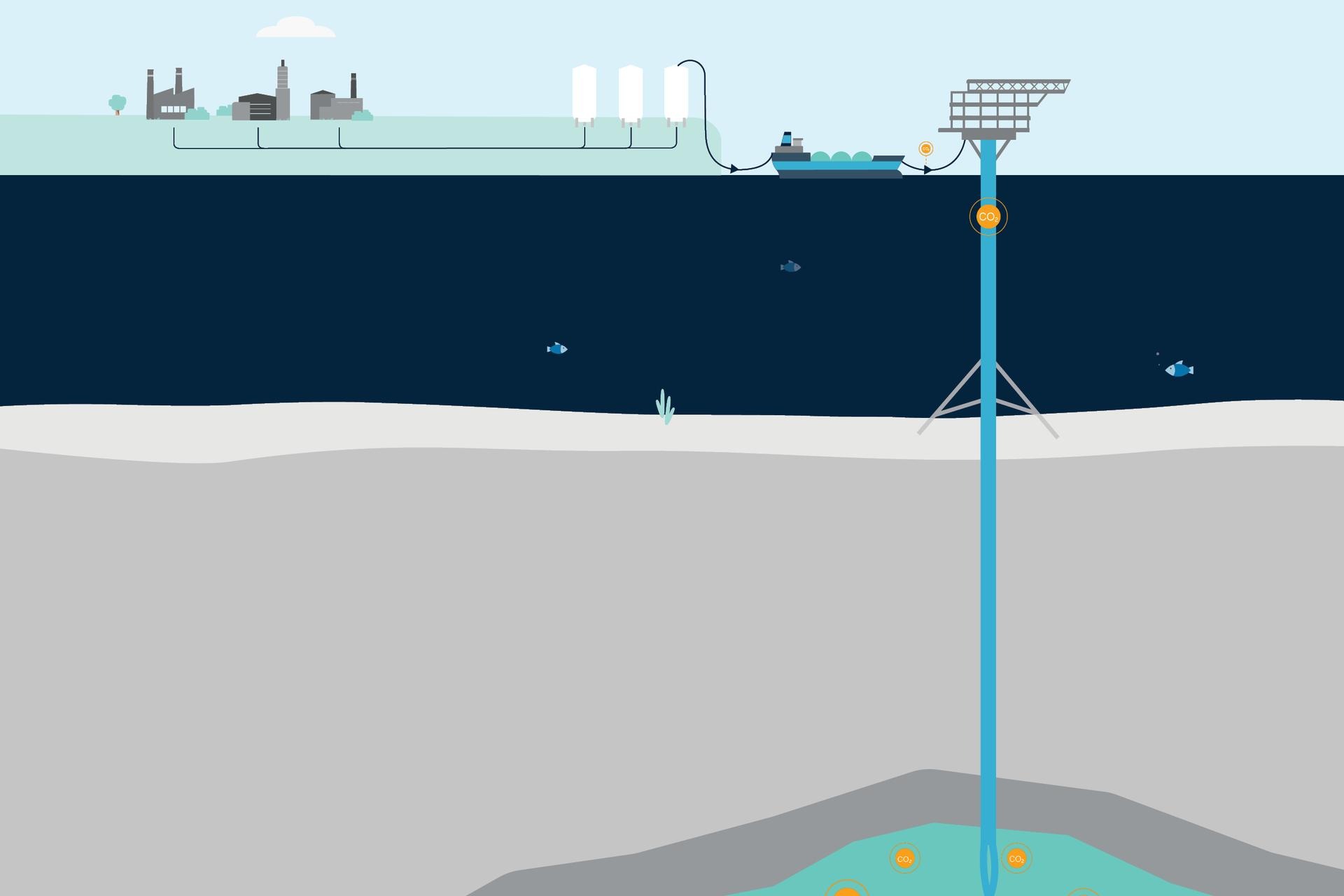
Carbon dioxide (CO2), released from burning fossil fuels like oil and coal, is a big contributor to global warming and climate change. Over the years, scientists have come up with several creative ideas to capture the harmful gas. However, implementing them on a large scale has proved elusive. But that may change with Denmark's new, bold initiative, Project Greensand. It involves collecting CO2 before it enters the atmosphere and burying it under the North Sea.
Project Greensand is the joint effort of 23 organizations led by British chemical company INEOS. They include research institutions, universities, and start-ups with expertise in carbon capture and storage.

The process entails liquefying CO2 collected from industrial plants. This is done by heating and compressing the gas. The liquid CO2 is transported by ship to Denmark. It is then pumped into natural sandstone reservoirs that were once used to store oil and gas. Located about 5,900 feet (1,800 meters) below the seabed, they provide safe storage for buoyant fluids like CO2. The stored carbon is closely monitored to ensure it does not leak back into the atmosphere.
On March 8, 2023, Danish officials announced that Project Greensand's pilot study had been a resounding success. An undisclosed amount of liquid CO2 had been safely brought in from Belgium and buried in a reservoir in the Danish North Sea.
"This is a breakthrough for carbon capture and storage. It is the first time that carbon dioxide has been successfully captured, transported cross-border, and safely stored offshore anywhere in the world," said INEOS CEO Sir Jim Ratcliffe.

Denmark is not the only European country with a carbon capture and storage initiative. However, it is the only one open to accepting gas produced by other countries. Project Greensand aims to capture and store up to 8.8 million tons of CO2 annually by 2030. This is a fraction of the 330 million tons the European Union needs to store annually to meet its climate goal by 2050. But it is an important first step in the global fight against climate change.
Resources: projectgreensand.com, ineos.com
